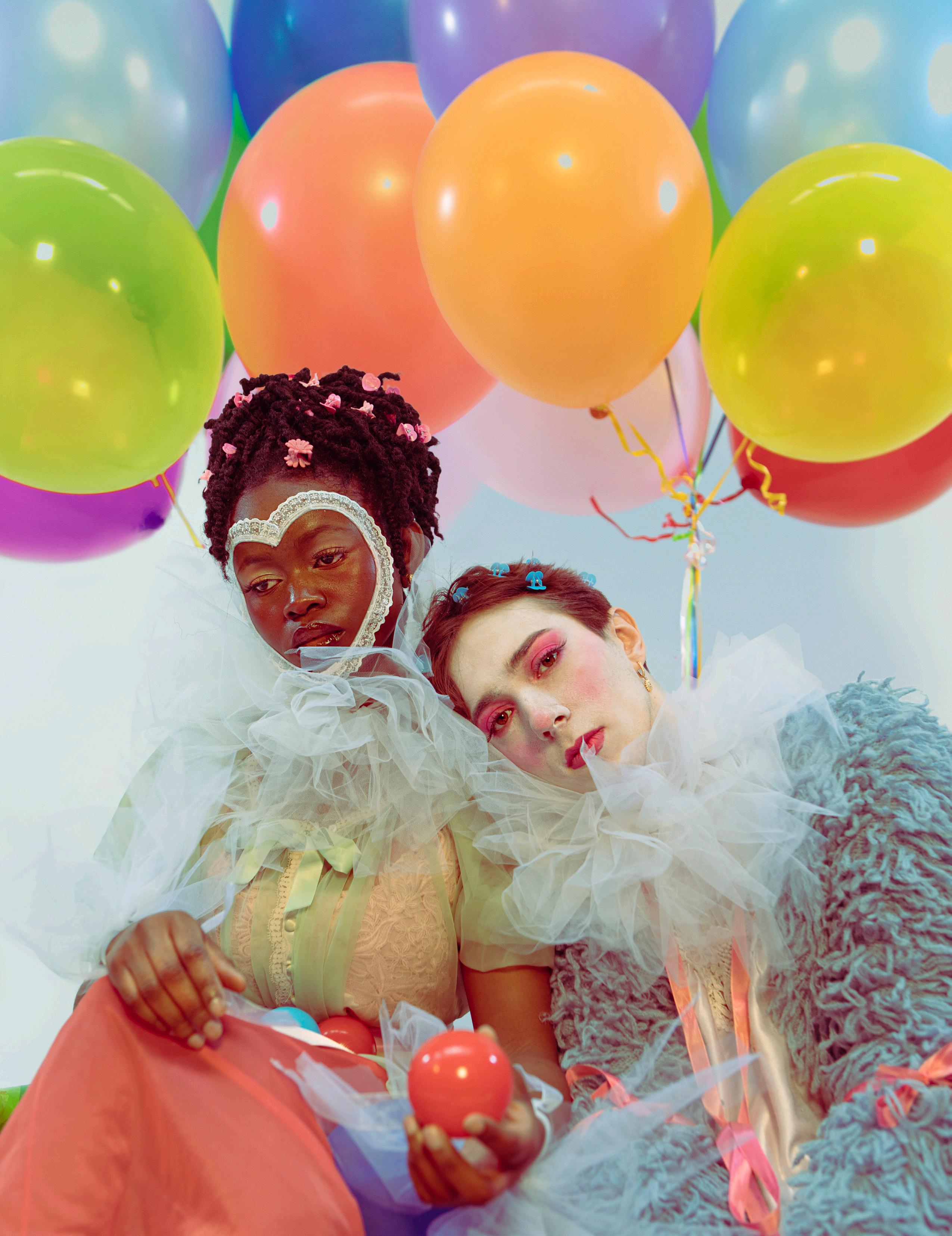

Volume 9 | Issue 5
Creative Director
SARAH ORY
Design Editor
MARGARET LAAKSO
RINO FUJIMOTO
Video Editor SAM RAO
Finance Coordinators
MAGGIE CLARK
Standford Lipsey Student Publications Building
420 Maynard St, Ann Arbor, MI 48109
MELINA SCHAEFER
Editor-in-Chief
SOPHIA GAJDJIS Publisher
Marketing Director
APOORVA GAUTAM
Print Fashion Editors
DHRUV VERMA
ANASTASIA HERNANDO
Digital Fashion Editor

MADISON PATEL
MAKENZIE KULCYZKI
Human Resources Coordinator
MOLLY KENNEDY
Operations Director
SOPHIA AFENDOULIS
Print Features Editor
BROOKLYN BLEVINS
Digital Features Editor
JANICE KANG
Events Coordinator
SENA KADDURAH
Social Media Coordinators
NEHA KOTAGIRI
Print Photo Editors
GABRIELLE MACK
SAM MCLEOD
Print Beauty Editor
JANAÉ DYAS
Digital Photo Editor
RILEY KISSER
Public Relations Coordinators
IZZY SAUNDERS
KALI HIGHTOWER
Digital Content Editor
JESSICA CHO
Design Team
Emma Peterson, Kai Huie, Kimi Lillios, Sandy Chang, Mary Wurster, Liza Miller, Hannah Salameh, Nick Pippen, Kamryn Almasy
Fashion Team
Ben Michalsky, Dhruv Verma, Gigi Kalabat, Janae Dyas, Kelsea Chen, Olivia Mouradain, Peter Marcus, Sandy Chang, Sarah Dettling, Sophia Mckay, Elissa Li, George VanHaaften, Quincy Bowles, Linsey Wozniak, Sian Tian, Skye Thompson, Mia Lolo, Ava Wadle, Quri Kim, Peyton Benjamin, Minh Phan, Dana Gray, Darnell Perkins, Angela Li
Features Team
Ava Shapiro, Hannah Triester, Nadia Judge, Neha Kotagiri, Melissa Dash, Lucy Perrone, Jayde Emery, Tiara Partsch, Meera Kumar, Amina Cattaui, Natasha Martin, Catherine August, Sailor West, Dana Gray, Lynn Dang, Shelby Jenkins
Photography Team
Pearl Thianthai, Oliver Segal, Ebba Gurney, Hannah Anderson, Paulina Rajski, Taylor Pacis, Selena Sun, Margeaux Fortin, Vera Tikhonova, Tess Crowley, Alexander Kim, Korrin Dering, Lindsey Archibald, Alex Lam, Yueshan Jiang, Sam Rao, SinYu Deng, Jessica Cho, Maggie Kirkman
Videography Team
Coco DelVecchio, Samin Hassan, Eaman Ali, Hannah Hur, Riley Kisser, Sam Rao, Gianna Galette, Olivia Ortiz
Digital Content Team
Street Style Editors
SUREET SARAU ROSALIE COMTE
Benjamin Decker, Sonali Pai, Jessica Cho, Sarafina Chea, Esther Murray, Sarafina Chea
Finance Team
Elle Donakowski, Suma Moolaveesala, Manvita Battepati, Rendie Zhang, Olivia Jabari
Human Resources Team
Sarah Lindenbach, Lily Watchel, Emma Lewry, Diya Nambiar
Public Relations Team
Harini Shanker, Brandon Cole, Katherine Lambert, Devin Vowels, Ava Ben-David, Ava Ray, Samantha Wright
Events Team
Tara Nayak, Erin Segui, Shruti Patel, Tiara Blonshine, Paris Rodgers, Allie Cain, Lottie Winegarden
Social Media Team
Samedha Gorrai, Olivia Sun, Charlotte Foley, Hannah Ding, Aubrey Borschke, Camila Escobar, Ellie Ngassa, Aarya Padhye, Luiza Santos
Street Style Team
Alexa Rind, Jordyn Hardy, Jenna Frieberg, Xander Bower, Ernest Hawkes, Anika Minocha, Ellie Ngassa, Nina Walker



FROM THE EDITORS 04 NEVER SAY MACBETH 06 THE ART OF ORDERING 36 ASSUMING SPACE 22 BRIGHT MOMENTS, CAPTURED OR FREE 16 LET THEM EAT CAKE 30 PLAY 38 BEJEWELED 46 RE-PRESENTATION 52 CLASS OF ‘23 54 THE REAL 60 SOIREE 62 3
LETTER
A Painting
When I think of the word “Tableau'', the first thing that comes to mind is Piet Mondrian’s Tableau I, a piece from the De Stijl movement. Perhaps you might know the piece from Yves Saint Laurant’s famous mod dress from 1965, where Mondrian’s geometric pattern and planes of solid primary colors compliment its boxy cut. Mondrian insisted on the rejection of mimesis, or the ability of art to represent or imitate the real world. As Meera Kumar says in her feature “Re-presenting reality”, “Almost everything we see around us is a representation of something that preceded or succeeded it.” Mondrian’s Tableau I attempts to escape representation by becoming a new thought and idea. However, his idea is then repeated on an Yves Saint Laurant dress. This summer I saw Tableau I at the Ludwig Museum in Cologne - the pattern was striking and alluring, but at this point I had also seen Tableau II, III and IV. Each time I see one I wonder to myself, is this the real Tableau? What are my qualifications for “real”? The first one? The one I learned about in art history class? The one printed on a dress?
A Photograph


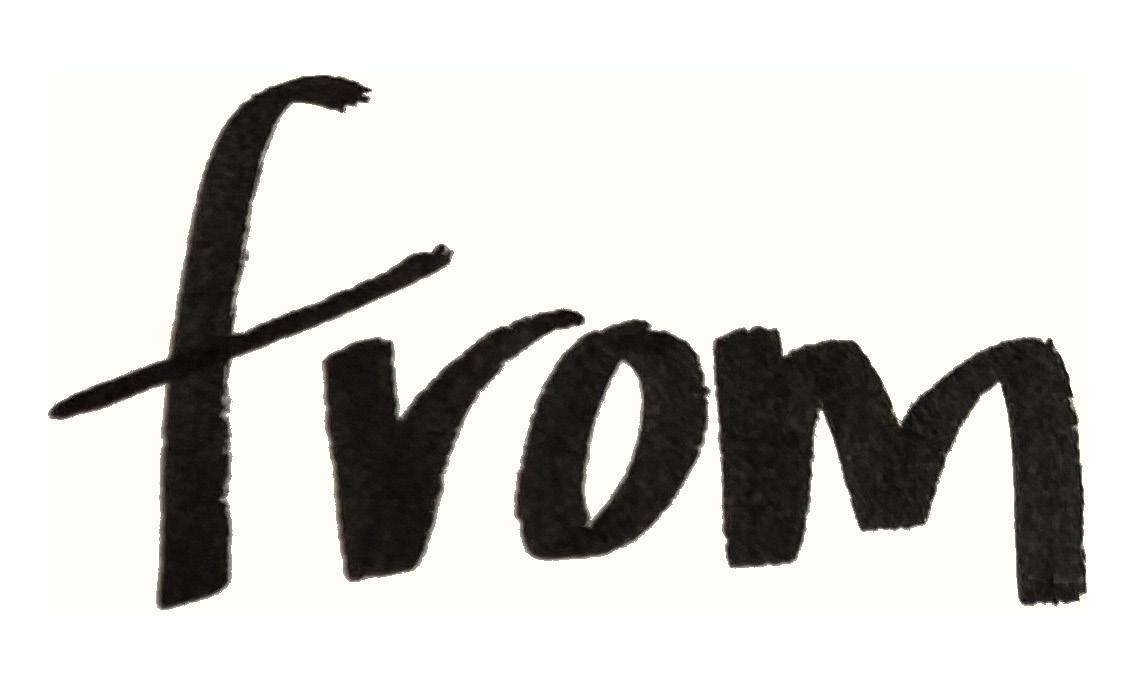
“Tableau” actually means “painting” in French. This means that Mondrian named his painting Painting I. If you look up the definition of “tableau” in English, it is defined as “a group of models or motionless figures representing a scene from a story or from history.” What I like best about this definition is its specification of the model’s motionlessness. I feel like such a definition is better suited for a photograph than a painting. There’s something artificial about a painting of models frozen in time, because within the time it takes to paint a scene there is assuredly motion occurring. However, photographs are taken in an instant, freezing a moment in time like a bug trapped in amber. But to assume that a moment can be truly captured and preserved is silly. As Steve Liu discusses in his piece, part
love-letter to analog, part critique of superfluous we cannot rely on photos alone to capture the “There’s no limit to how many layers or dimensions world. Sound and sense overlaps with every either, since reality is constantly shifting and wind, hopes, fears, or feelings.”

The definition also calls for representations of our shoots, “Let them Eat Cake” and “Never Say in this aspect of the definition. However, both of historical figures, but hone in on anachronistic to interpret these ideas. Mary Antoinette never eat cake”, and “never say Macbeth” refers to theater world (if you must refer to it, say “The interesting how history accumulates meaning meanings shape their imagined “tableau”.
A Party
It’s not lost on me that the front and back high-fashion snapshots of a childhood birthday clowns on the cover with their balloons and cake on the back. Really, a birthday party is a the idea of Tableau; a celebration defined by personal meaning. A birthday party represents through time. It’s interesting that these meanings particular motifs that we all recognize: Cake, we hope to do in this issue is show you the ways signs you are presented with can either mask, and how to read deeper meanings beneath recognize and beyond the readings we are
superfluous digital photography, the sensations of a moment: dimensions can exist in the real image. There are no frames expanding due to weather,


of a “historical” scene. Two of Say Macbeth” are interested both focus on representations anachronistic lenses through which never actually said “let them to an old superstition in the “The Scottish Play”). I find it meaning over time, and how these cover of this issue look like birthday party. The colorful, sad and the partly deconstructed great way of understanding by tradition but imbued with represents getting older, moving meanings are distilled into Cake, balloons, presents. What ways in which the scenes and mask, or represent meaning, beneath the signs we are taught to taught to have.
Melina Schaefer Editor-In-Chief
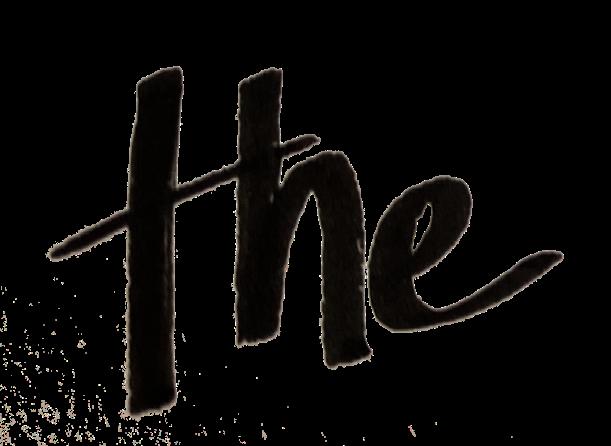
Itake a picture of every meal I make. Every breakfast yogurt bowl, every plate of kimchi fried rice, every attempt at recreating my parents’ home-cooked dinners. These pictures are taken for casual enjoyment, but they’re also very deliberate. If a stray spoon is lying within the shot, I push it outside of the frame. If my mug casts an unsightly shadow over my plate of pasta, I temporarily move it away. I feel compelled to do this even though these pictures are for no one’s eyes but mine.
Humans build our lives around how we want to be perceived by others, and our decisions are informed by what they will say about us. Will sharing about this hobby dislodge my desired reputation? What does my being a part of this friend group signal to others? How will taking this job reflect my passions and values? We never stop posing and performing.
A tableau in its most basic sense is just a picture, but it’s also a depiction, a description, a representation. Anything but candid, it’s a scene crafted with attention and intention, inherently giving it a deeper underlying layer of purpose and meaning. It’s an outward expression of how you would like yourself or your subject to be viewed, achieved through careful construction—manipulation, even. Unabashedly attentionseeking and undeniably attention-grabbing, in TABLEAU, we present our insight into the alluring danger and dangerous allure of idealizing the picturesque and spectacular.
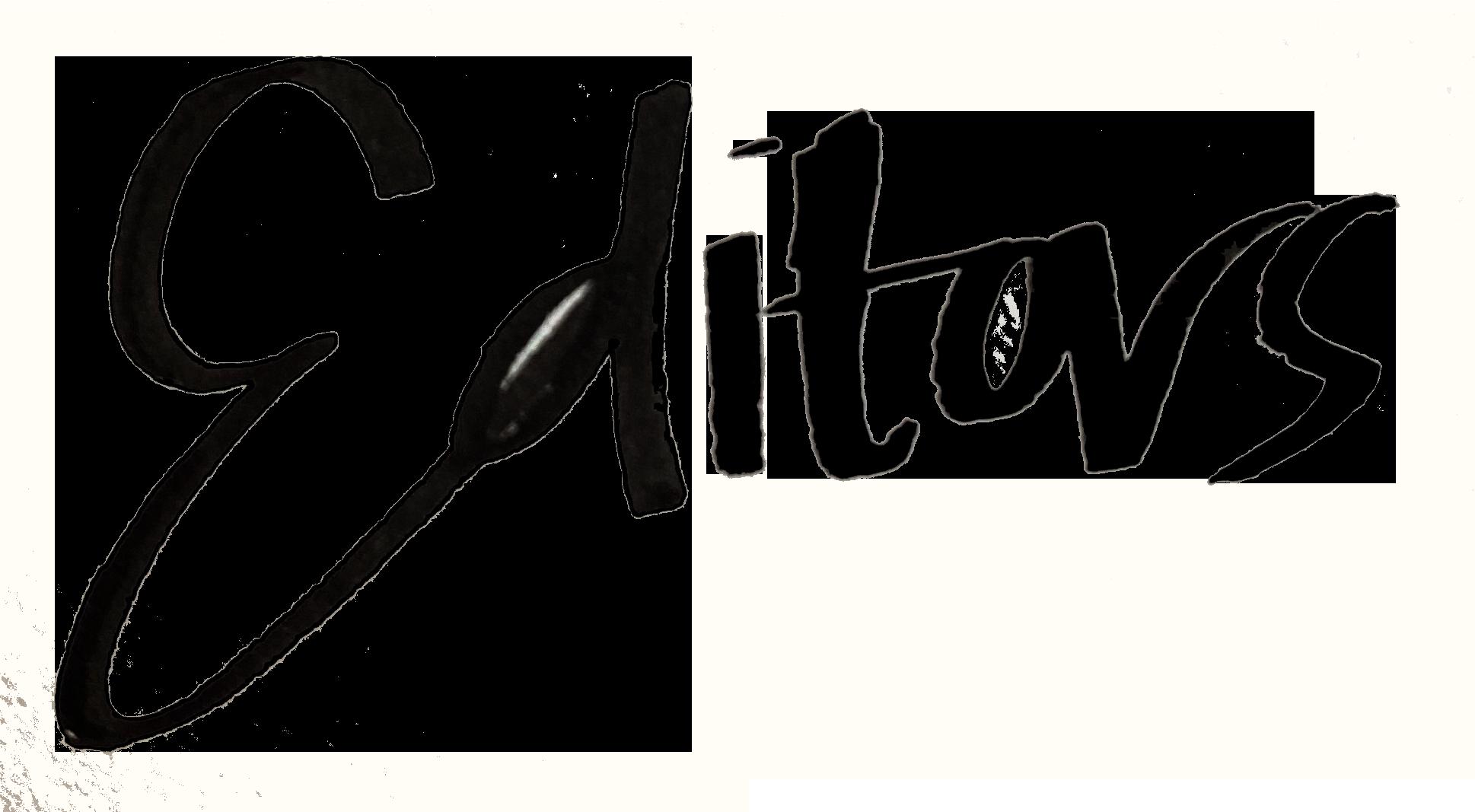 Janice Kang Digital Features Editor
Janice Kang Digital Features Editor
5
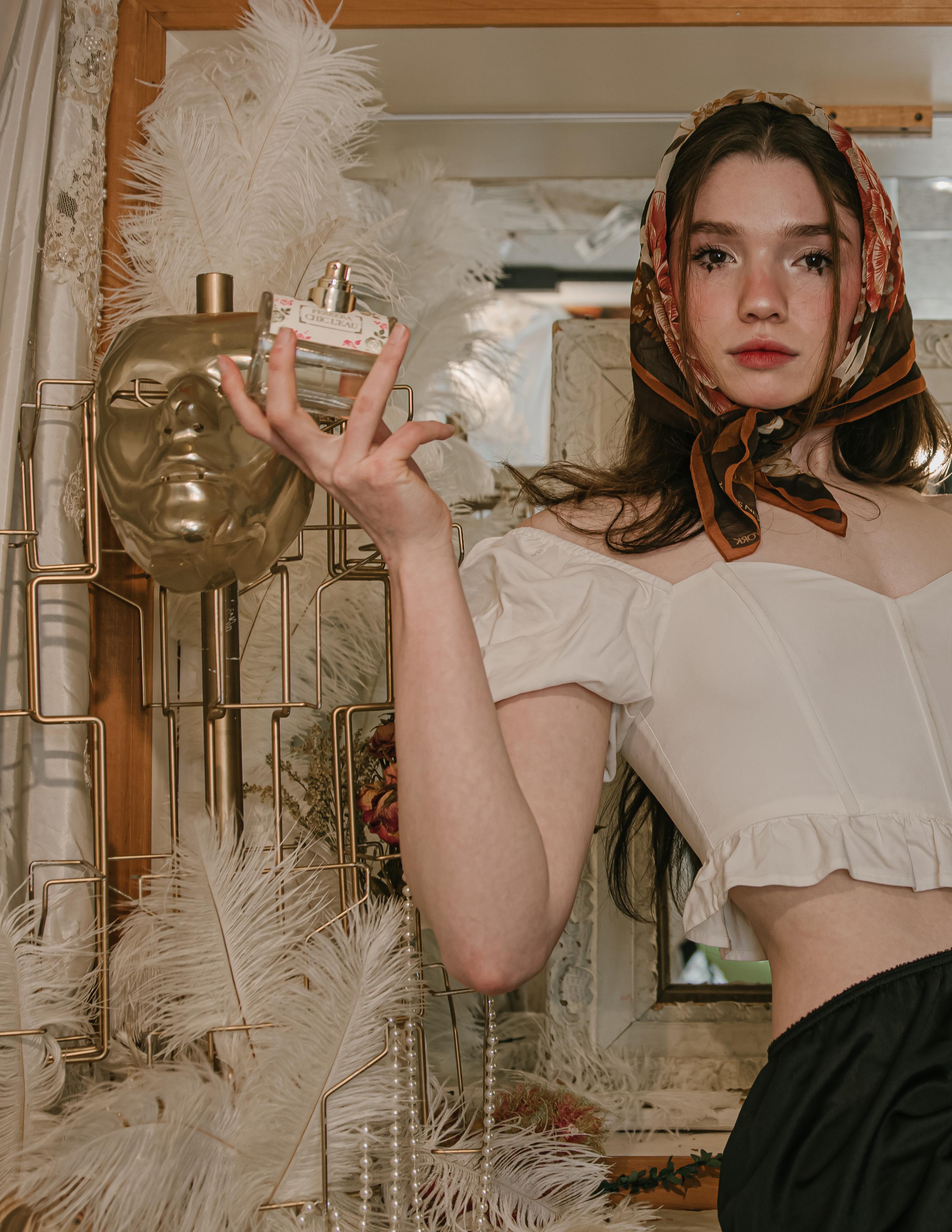
Never say Macbeth

7



9

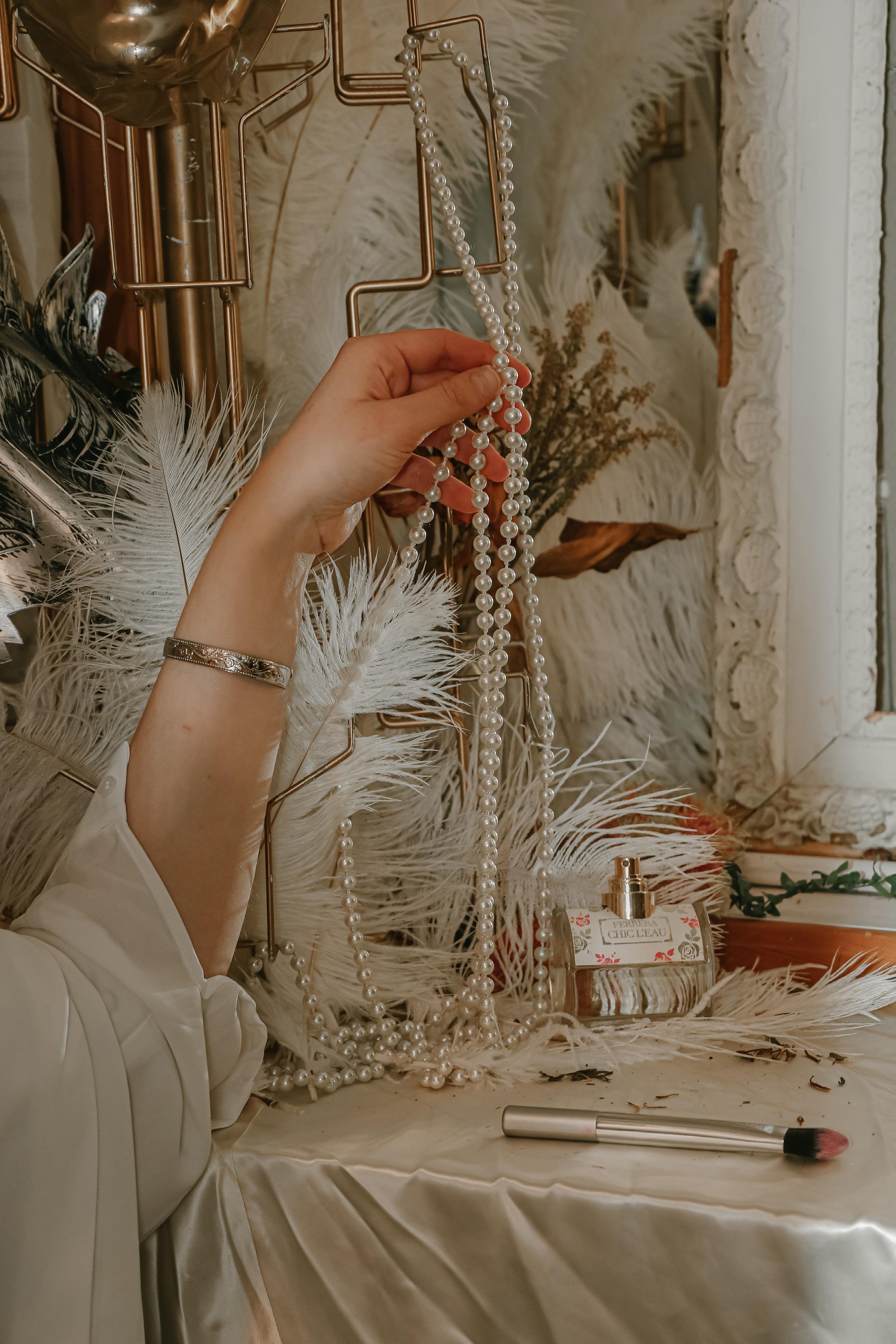
A
All hail, Macbeth! Hail to thee, Thane of Glamis!
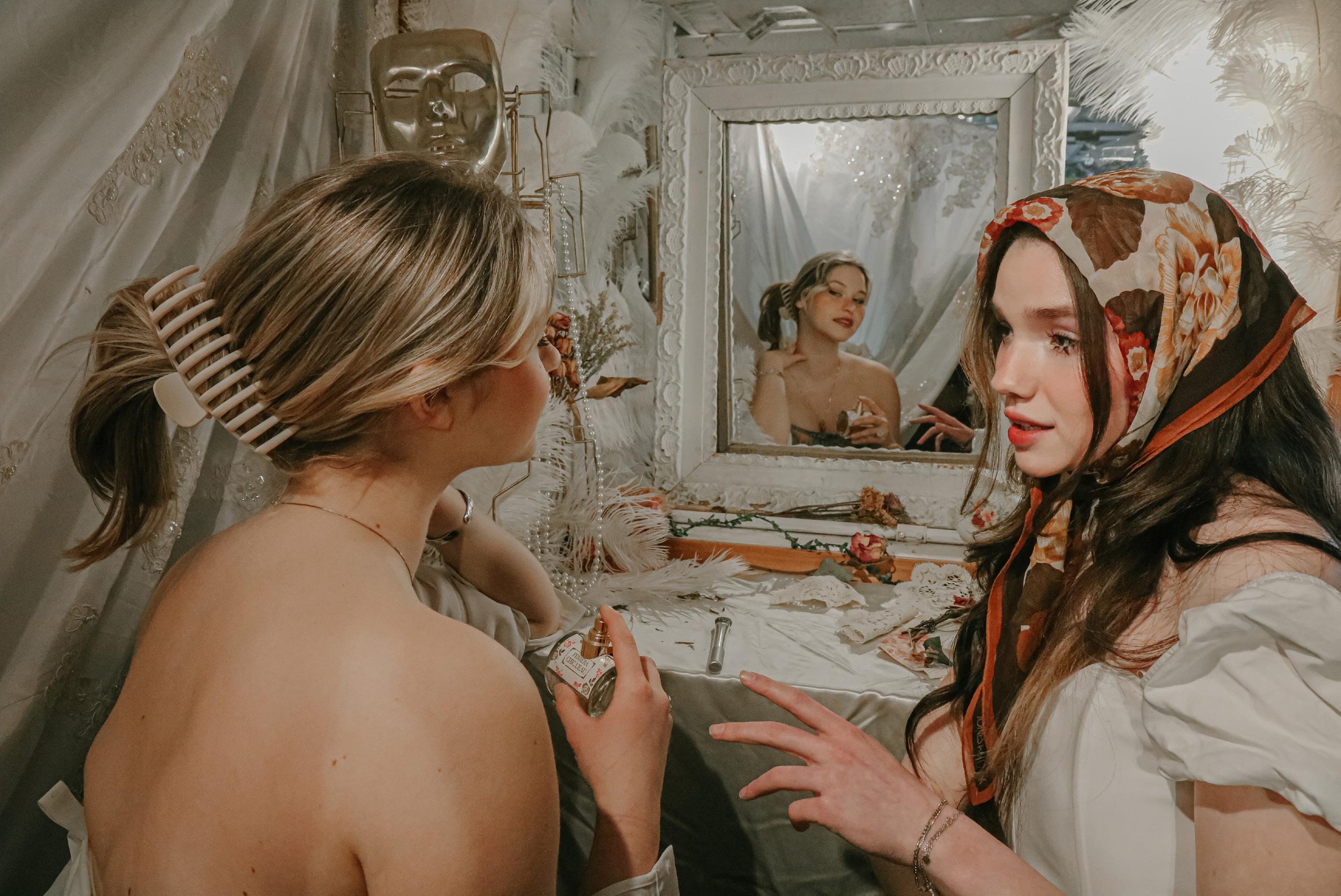

All hail, Macbeth! Hail to thee, Thane of Cawdo
All hail, Macbeth! Hail to thee, Thane of Cawdor!
All hail, Macbeth, that shalt be king hereafer!
11
Yet here’s a spot. Out, damned spot! out, I say!–One: two: why, then, ’tis time to do’t.–Hell is murky!–Fie, my lord, fie! a soldier, and afeard? What need we fear who knows it, when none can call our power to account?–Yet who would have thought the old man to have had so much blood in him.
Here’s perfumes hand.
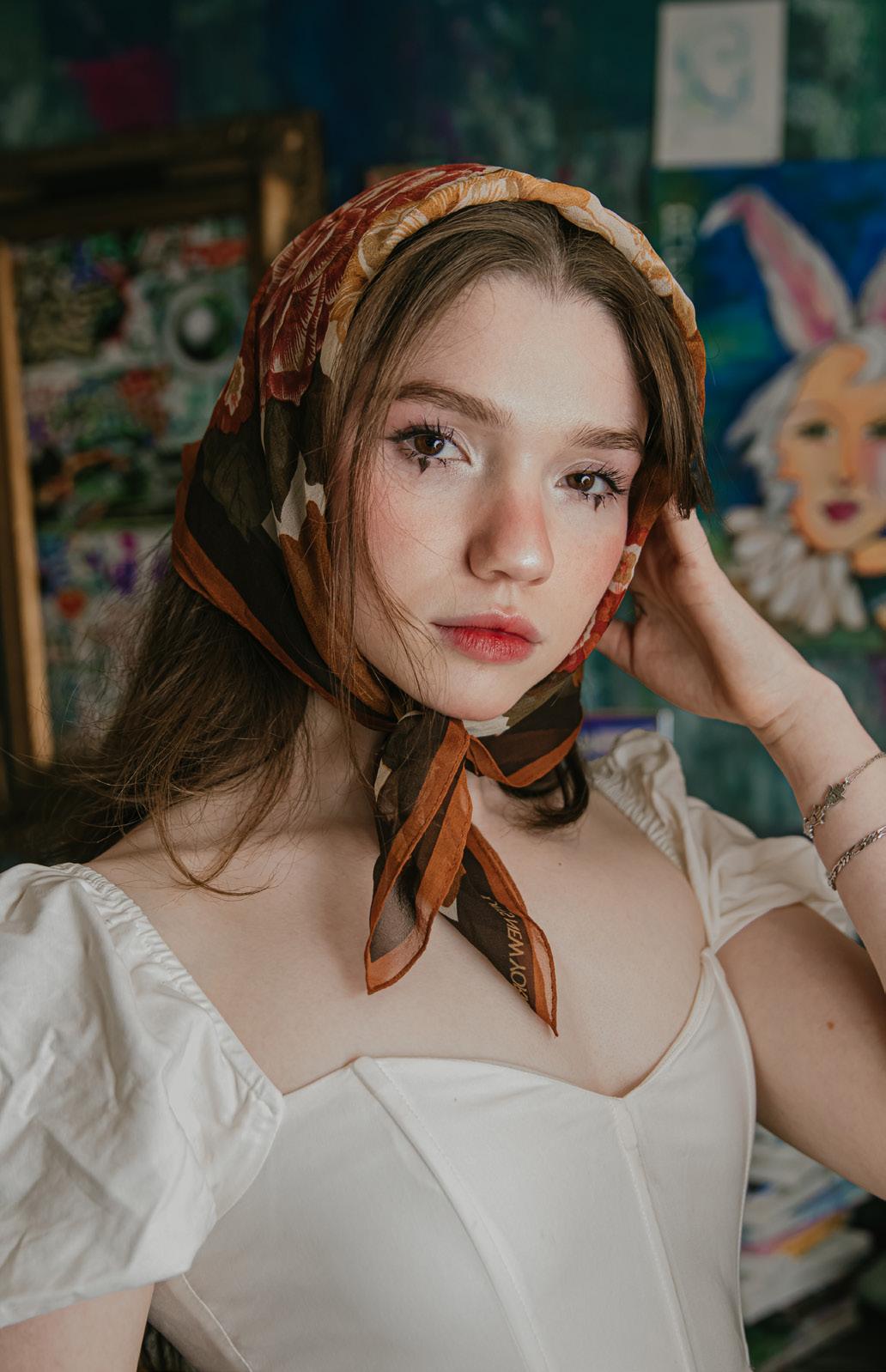

The thane of Fife had a wife: where is she –What, will these hands ne’er be clean?–No that, my lord, no more o’ that: you mar

the smell of the blood still: all the perfumes of Arabia will not sweeten this little Oh, oh, oh!
fear who knows it, when none can call our power to account?–Yet who would have thought the old man to have had so much blood in him.
The thane of Fife had a wife: where is she now?
–What, will these hands ne’er be clean?–No more o’ that, my lord, no more o’ that: you mar all with this starting.
Here’s the smell of the blood still: all the perfumes of Arabia will not sweeten this little hand. Oh, oh, oh!
Wash your hands, put on your nightgown; look not so pale.–I tell you yet again, Banquo’s buried; he cannot come out on’s grave.

To bed, to bed! there’s knocking at the gate:
she now? clean?–No more o’ all with

13


DIRECTOR
DARNELL PERKINS
STYLISTS
KELSEA CHEN
QURI KIM
PHOTOGRAPHERS
TAYLOR PACIS
SINYU DENG
CARLY NICHOLS
VIDEOGRAPHER
GIGI GALETTE


GRAPHIC DESIGNER
KAI HUIE MODELS
SASHA GUSIKHIN
ELLIE EVERHART
LEAH PHILLIPS
15
BRIGHT MOMENTS, captured OR FREE

Photographs seem self-evident, but they are not. Photographs don’t portray people as they exist; it’s just how the lens captures them. On the surface, photographs are an arrangement of colors, sometimes resembling people or objects, made from pixels or a layer of chemicals burned into different colors of dye.


Technology has been moving in the direction of making more photographs, more like life. Better phone cameras and microphones allow the viewer to see pictures in higher resolution, and the “Live” photo option can add some movement, or immersion, to a picture by offering a soundbite and small video. Each phone can store thousands of photos, and the efficiency with which we can capture the world is the highest at any point in human history. Why is it, then, that people yearn for less?
My partner has been taking film photos over the last year, having recently bought her first film camera. They take time to develop. She snapped this scene of a sunset over Lake Michigan, a family gathered on a white sand beach, a man standing just within frame off to the right. Although it’s a beautiful photograph, it fails to capture the smiles of the family, who are all facing the other way. The water, which looks blue in the film, was actually crystal clear, and insanely cold at this time of day — I could see my feet, freezing and colorless, as if through a magnifying glass. The man to the right is one piece of a larger family; the kids on the left are screaming and shouting; the sand is soft as powder. Behind us, college-aged kids are wrapping up a sand volleyball game, likely chatting with a tired warmth.
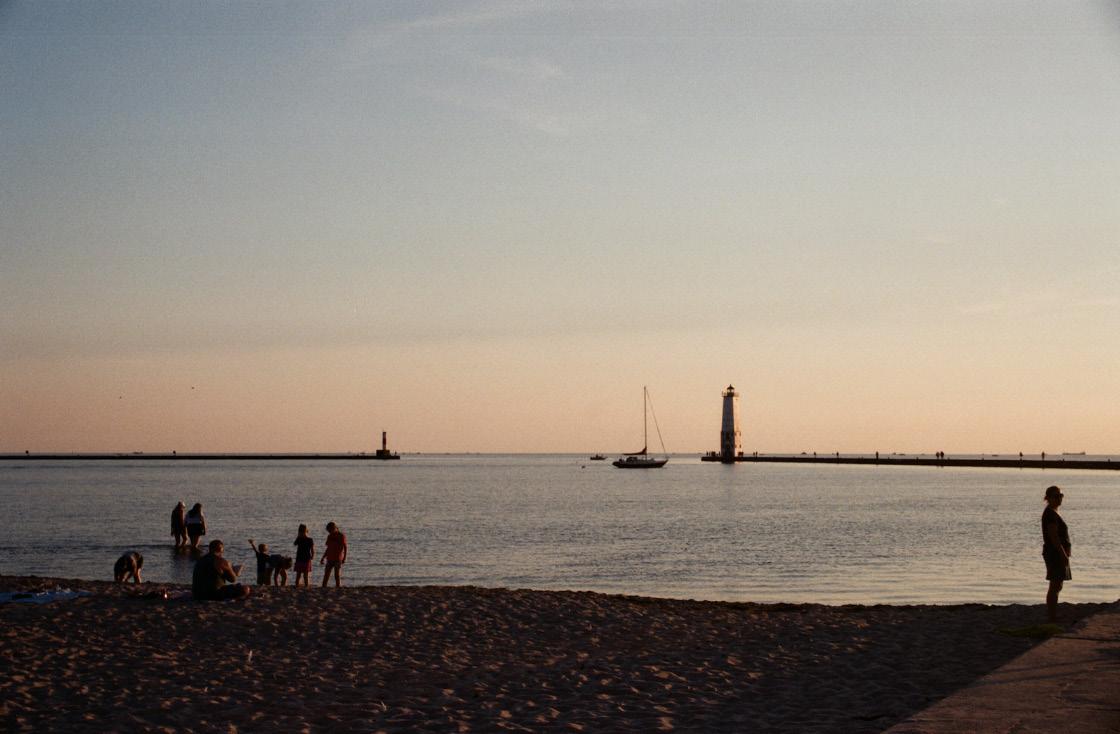
17



There’s no limit to how many layers or dimensions can exist in the real world. Sound and sense overlaps with every image. There are no frames either, since reality is constantly shifting and expanding due to weather, wind, hopes, fears, or feelings.
Which may be why analog cameras are so satisfying to use. It’s thought that the continuous intensity of film produces something more real, akin to the human eye. I associate film with a more natural way of capturing a moment. The relative slowness of a film camera’s mechanisms gives a bit of power back to the people using it. Digital photographs are more convenient, it’s true, but really they’re just a grid of pixels. In that way, they’re limited. Even if the eye can’t physically perceive the difference, people can still tell.
This photograph better captures the whiteness of cold autumn sand, the blueness of the water which, again, wasn’t really blue. It’s a photograph of a fight: two people wrestling. But without context it’s impossible to know they’re friends, wrestling out of love.
This photo was taken seconds before a comeback, the pinned-down friend sweeping his legs around his opponent and leveraging his weight to flip him over. Behind the lens, four more people are watching, laughing hysterically, swaddled together in blankets to keep warm. The steady roll of waves echoing against our bodies. And the wind—it is a very windy day—tumbles against the dunes behind us, shushing the grass.
Maybe we’ve come so far with technology that photographs have become too easy, so abundant they’re almost superfluous. Although pictures can remind us of an experience, they’ll never match up to the real thing. We don’t just live in a two-dimensional world, or within a lens.
Sometimes, I like to sit with one picture, deliberately, and think back, remembering the feelings I felt. For me, this produces more magic than a few dozen photographs taken and forgotten.
When we live for photographs, we risk narrowing our lives down to what we like to see. I’ve been on trips where I spend most of my time thinking, in the back of my mind, Where can I get a good photo? Can I make it funny? Sometimes the urge to capture a moment with my lens tramples over my joy of letting the moment happen. It follows that, in some of my brightest moments, photographs are nowhere to be found.
I can’t exactly recall what kind of face my friends are making here, obscured as they are behind my unfortunately placed index finger. And yet I can tell who they are, without the faces, their histories in my mind. Without the face—my usual focus in an image—the eye drifts to other things. For one, I’d love to know how it smells, there by the California ocean. I’d love to feel that salty breeze on my face again, the bright air pushing sea spray into the sky.
Why do we capture photographs in the first place? Partly because we want to remember. The well-placed photograph can do wonders for illuminating a forgotten moment. We also want to be seen, to let others see us, confirming our existence and beauty. But what type of remembrance does a photograph allow?
Or we take photographs of beautiful things simply to capture them. As Elaine Scarry said in her book On Beauty, “the idea of distribution arise[s] out of the requirement beauty places on us to replicate.” Later in the book, Scarry modifies this claim, saying that the replicated beauty will always be deteriorated, and inferior, compared to the original.

19
There’s a particular charm in the unexpected film photograph, though. The photograph of something unstaged, completely candid, seems like life at its most unadulterated. My friend Scotty on his way out of the house, carrying what looks like a salad, and painting supplies. It’s a beautiful day.
And yet I can’t remember the warmth of the day, or the birds, or what he’s about to say right here. I’d love to have written those feelings down.
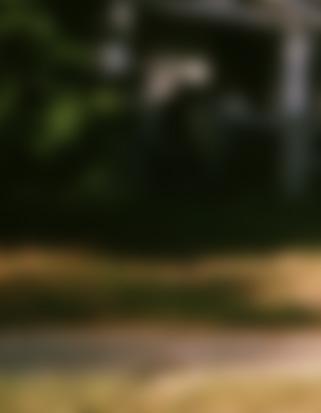


 WRITER
STEPHEN LIU
WRITER
STEPHEN LIU
21
GRAPHIC DESIGNER KIMI LILLIOS
ASSUMING
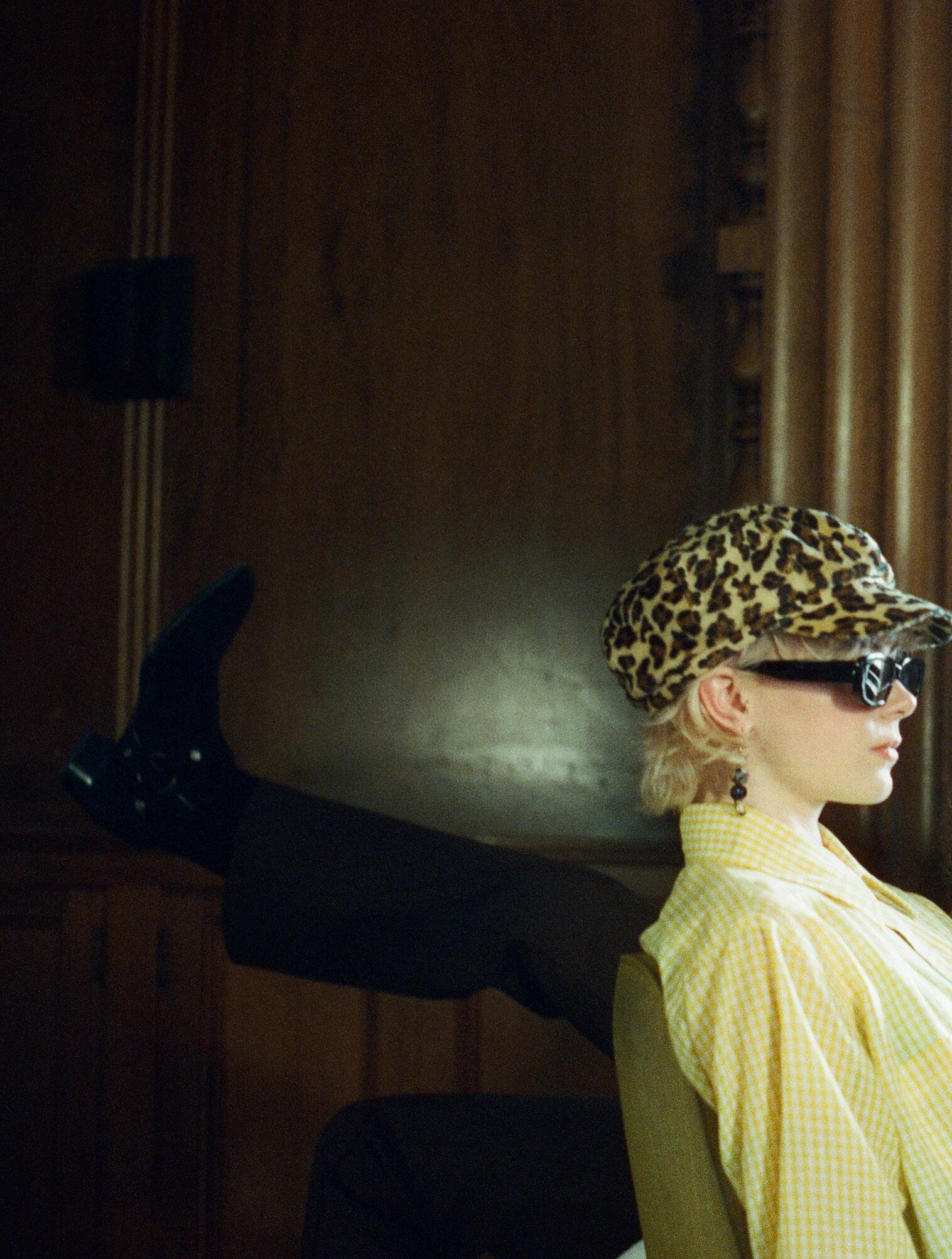
ASSUMING SPACE

23


25
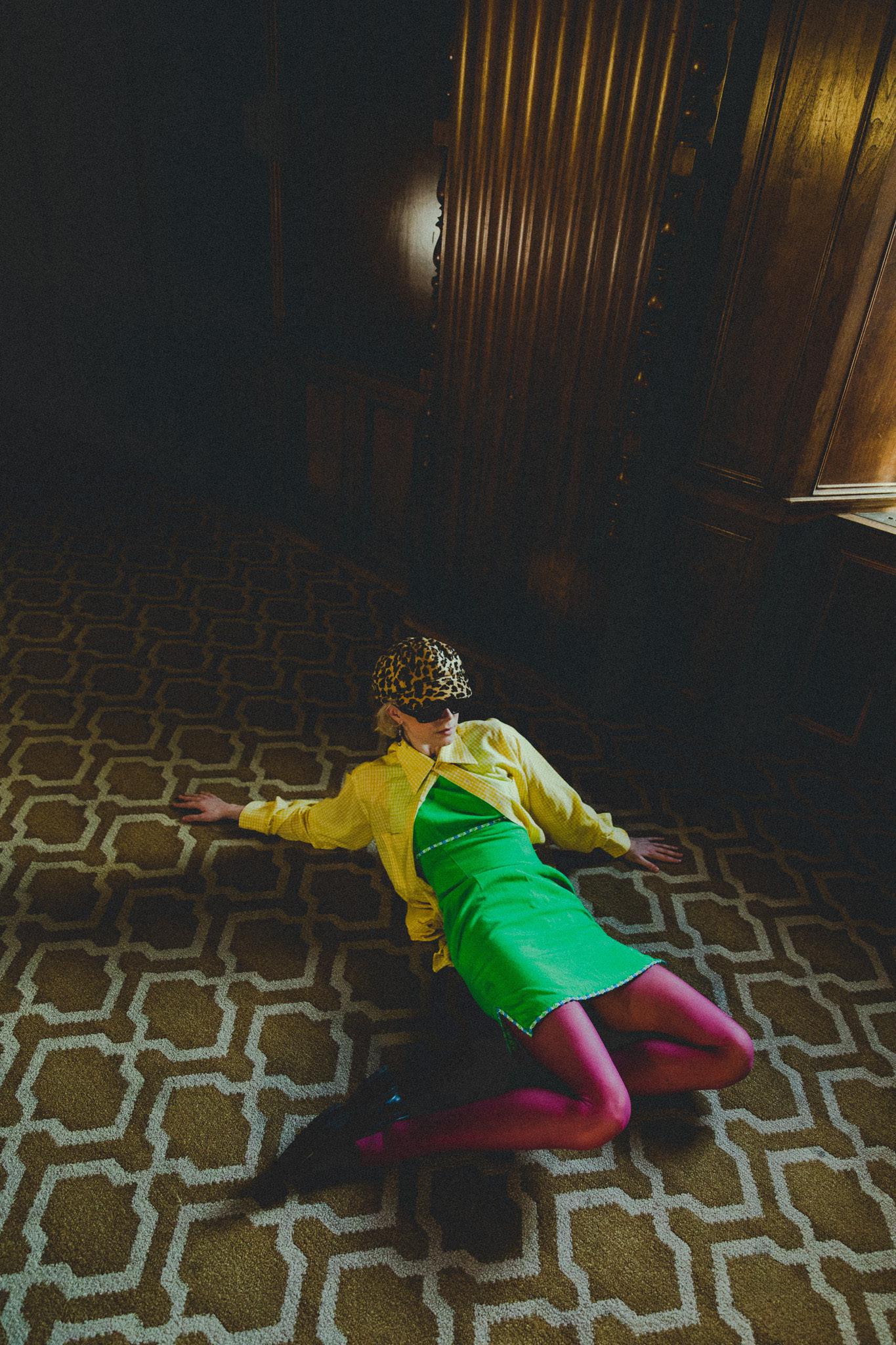



27
DIRECTOR
LINSEY WOZNIAK STYLISTS
NIKO SMITH
GEORGE VANHAAFTEN PHOTOGRAPHERS
ALEXANDER
ALEX
VIDEOGRAPHER
SAMIN HASSAN
GRAPHIC
MARY WURSTER
MODELS

NIKO SMITH RUBY
DIRECTOR

WOZNIAK STYLISTS SMITH
VANHAAFTEN
PHOTOGRAPHERS
ALEXANDER KIM
LAM
VIDEOGRAPHER HASSAN DESIGNER
WURSTER MODELS SMITH
CLAY 29
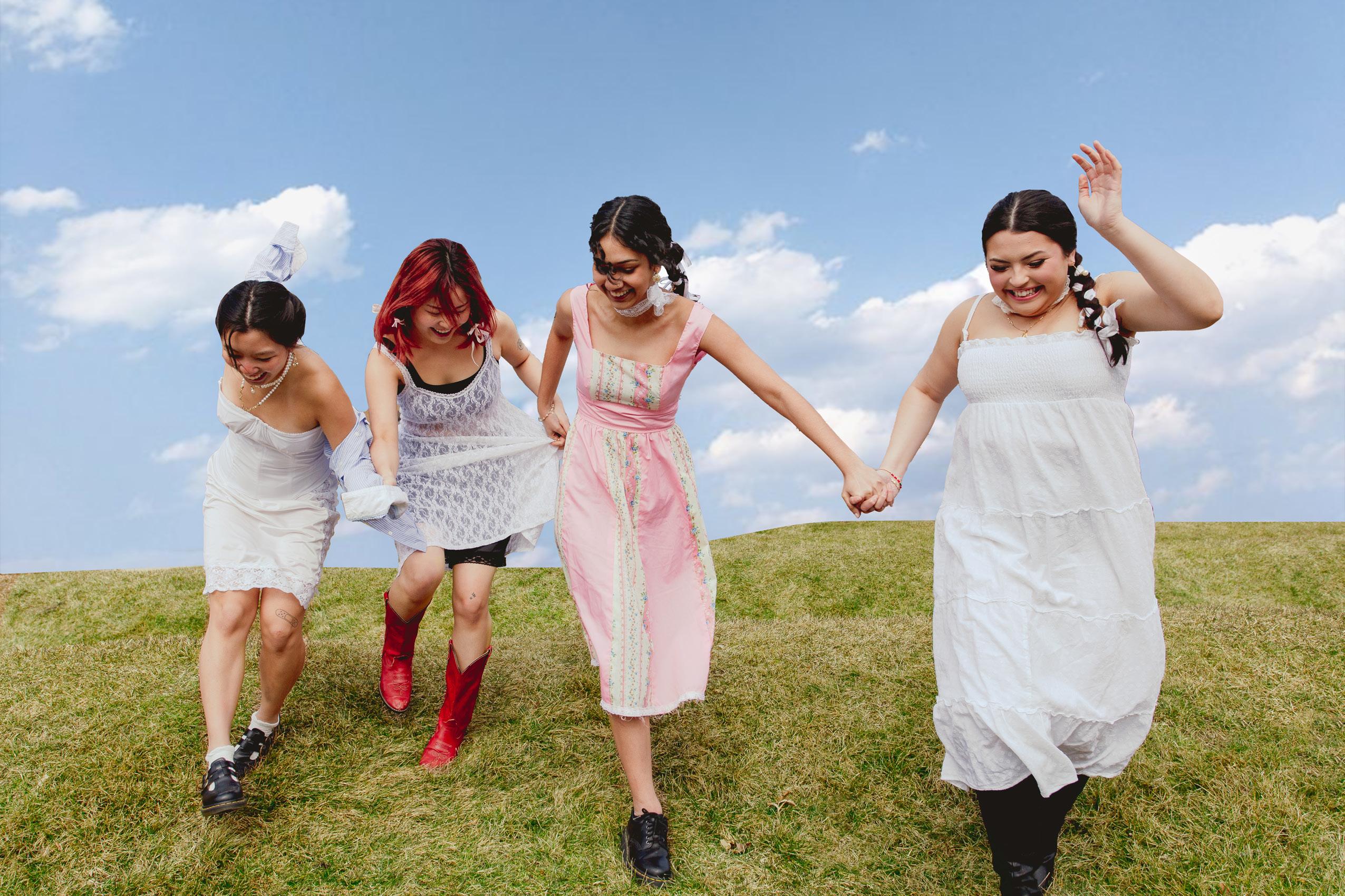

31




33


DIRETOR
PEYTON BENJAMIN
STYLISTS

BOBBY CURRIE
MADISON PATEL
PHOTOGRAPHERS
JESS CHO
UDOKA NWANSI
GRAPHIC DESIGNER
RINO FUJIMOTO
MODELS
MEGHAN DODABALLAPUR
ESTRELLA ESCUTIA
RINO FUJIMOTO
MELODIE WONG
35
Iused to like bubblegum chapstick. Cotton candy lotion. Cake batter ice cream. Anything sweet, colorful, and distinctive Now, I prefer green tea chapstick. The packaging is minimal, and the scent is light. It’s simple and clean, equivalent perceived. The transition from childhood into adulthood involves relinquishing numerous color and taste preferences, sure if it’s something that occurs naturally, or if it results from my desire to exude maturity. A beverage order is no expectation I stand in line at a cafe, mulling over the menu. The extensive list of options facing me is overwhelming. The rich invades my senses, attempting to influence my decision. I pry my eyes away from the chalkboard to take in the environment in. It’s quaint, with sage undertones coloring the tables and floor, as well as the variety of potted succulents scattered windowsills. Light murmurs of chatter fill the space while soothing jazz circulates through the speakers. Typically, this most ideal spaces for my brain to find peace in. Calm but not silent, accompanied by the slight bustle of the mid-afternoon enough to put me at ease, but busy enough to motivate productiveness. However, as I turn my attention back to the the sudden urge to forgo the beverage and walk out the door. I’ve always been indecisive, but choosing a coffee order reason alone.
A beverage can be telling of the individual drinking it. Take the man in the corner, with the thick mustache and mountain displayed across his sweatshirt. He sips a regular black coffee, and I picture him driving a vintage blue van along the Peach Pit crooning out the windows. The adventurous type, always with a thermos in hand. The girl at the adjacent table iced matcha, her shiny dark hair flowing down her shoulders in a flawless blowout. She wears chunky headphones and jeans, and as she nods her head to the music, I find myself wishing I was more like her. Her beverage suggests that she’s composed, and accomplished. Ordering a matcha is almost like an earned privilege — one I haven’t quite obtained yet. left sits an older couple holding hot cappuccinos in one hand and newspapers in the other. A cappuccino is a beverage someone who enjoys consistency — creatures of habit. Both the person and the drink are dependable. I imagine them daily, each day’s order identical to the prior’s. My gaze lands behind the counter, where even the barista has a summery pineapple beverage in hand. It matches the honey of her eyes and her cheerful demeanor, and I find myself even more of what to order than I initially was.

A caramel macchiato. It wouldn’t cure my sleepiness, and would the cashier think I’m too basic? And is whole socially acceptable anymore? A frappe would be too sweet, and people may think I’m childish or unhealthy. An americano make me seem too pretentious. I don’t feel chic enough to order a matcha. A colorful refresher would clash with my outfit. drinks are usually a good option, but the weather is chilly today. Would a hot beverage reflect me poorly?
I’m next in line and panic claws at my throat. Somehow, my nails find their way between my teeth. The cool, relaxed

distinctive — I wanted it. equivalent to how I want to be although I’m not quite expectation of this change. rich aroma of hazelnut environment I’m standing scattered artfully across the this would be one of the mid-afternoon crowd. Relaxed the menu, I am hit with order isn’t difficult for that mountain the coast, table stirs an and baggy she’s trendy, yet. To her beverage for meeting summery more unsure milk not americano may outfit. Iced relaxed image
I’ve attempted to exhibit disintegrates, until I feel I’m only emanating a picture of anxiousness. The cashier flashes his teeth at me in a friendly smile and says something I can’t discern over the noise crowding my head. I smile back weakly and blurt the first drink that comes to mind: a strawberry vanilla frappe.

Immediately, I regret my decision. Pink won’t match my outfit. It’s far too sugary, too girly. There’s no caffeine. And, coincidentally, it’s extremely reflective of my younger self. It isn’t until I have the drink in hand that my slew of regrets diminish. Sugary and sweet, with strawberry pink streaking the sides, topped with fluffy whipped cream: it’s the perfect picture of everything I once liked. And, if I can afford to be honest with myself, I still do. Despite my strivings to faultlessly fit the depiction of minimality and maturity, the preferences that I’ve always had will not simply disappear. Learning to embrace the small details, whether they compliment my exterior persona or not, is crucial in maximizing the enjoyment I receive in each decision I make. Each facet of my personality, whether sweet or simple, does not hold any superiority over another. It’s not about indulging in one trait and discarding the others, but rather finding an equilibrium between the person I want to be and the person I truly am.

MELISSA WERKEMA GRAPHIC DESIGNER
KANG 37
WRITER
TERRI


DIRECTOR
DANA GRAY
STYLISTS

MELINA SCHAEFER
ANGELLA LI
PHOTOGRAPHER
GABBY MACK
GRAPHIC DESIGNER
HANNAH SALAMEH MODELS
LUKE RINEHART
SARAH KABALA
39






41




43


45
BEJEWELED


BEJEWELED


47



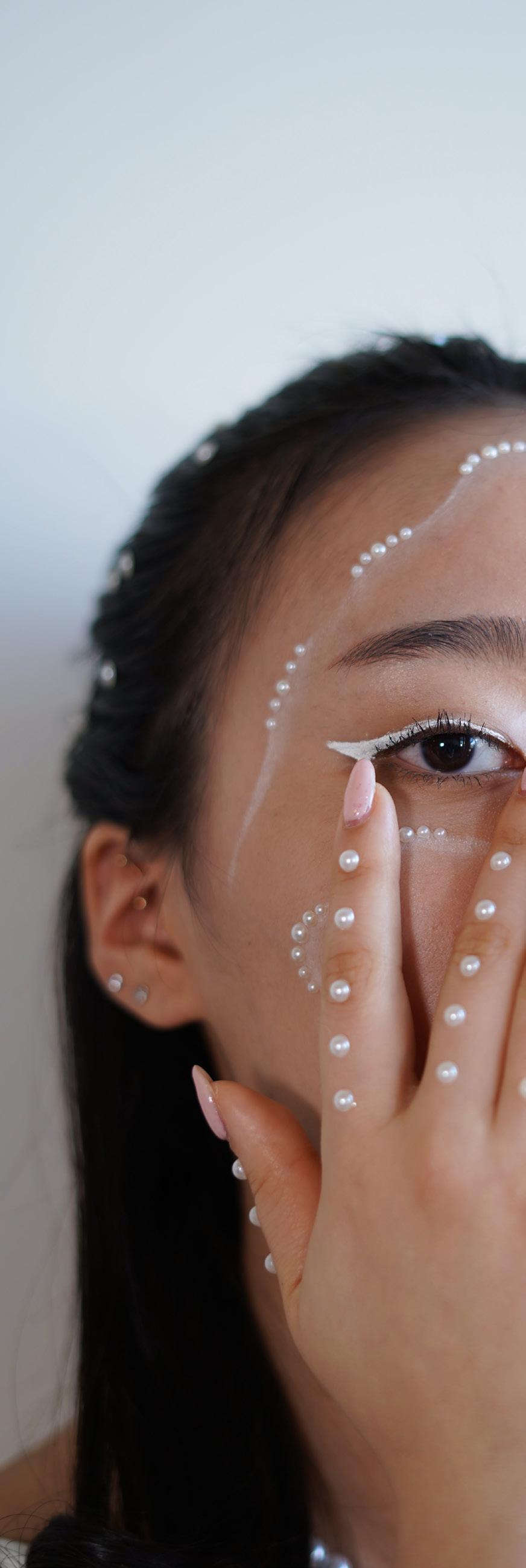


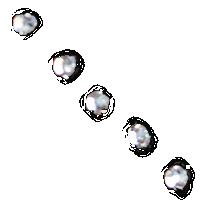

















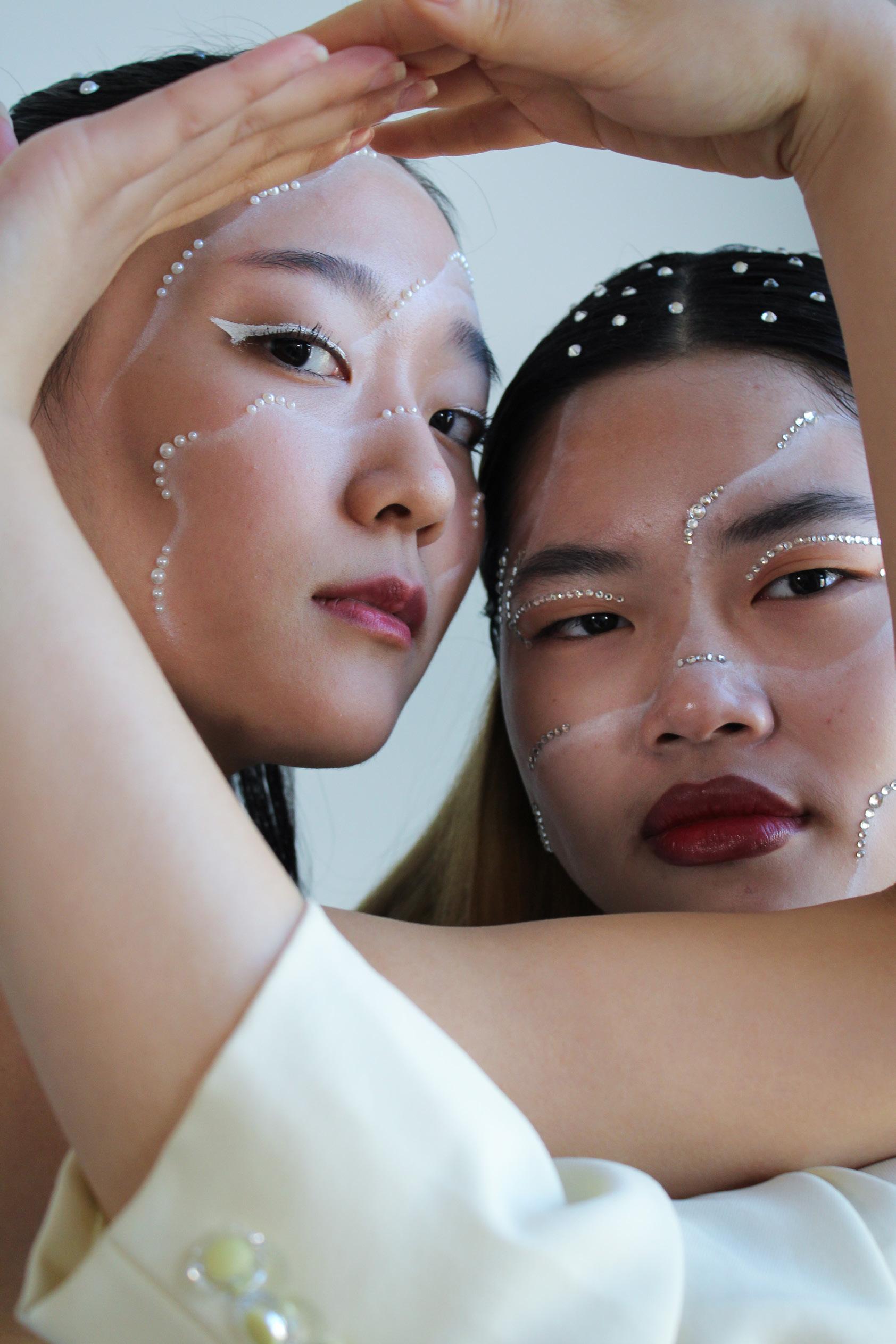
















49
DIRECTOR ELISSA
STYLISTS SIDNEY
QUINCY
PHOTOGRAPHERS
PEARL THIANTHAI
LINDSEY ARCHIBALD
VIDEOGRAPHER
EAMAN















GRAPHIC DESIGNER
MARGARET
MODELS
ANGELINA CHLOE

SIDNEY VUE BOWLES
PHOTOGRAPHERS
THIANTHAI ARCHIBALD VIDEOGRAPHER


EAMAN ALI DESIGNER
MARGARET LAAKSO MODELS
ANGELINA WONG CHLOE CHOI










DIRECTOR ELISSA LI STYLISTS
51
What you are seeing is the digital form of an image taken of a building, which came from a drawing of a building, which came from the mind of an architect.


This postcard is a step further removed from the image above. It is once again an image of the building, but it is an image taken of a painting. The painting is of an existing building that comes from a drawing of a building that prescribed its existence. Furthermore, the point of origin of the representation here is the same as the image above— an idea from the mind of an architect. We see both these things as a building, though we are so many layers removed from the building itself.

WRITER MEERA KUMAR GRAPHIC DESIGNER RINO FUJIMOTO
That is not a building.
Almost everything we see around us is a representation of something that preceded or succeeded it—for example, a drawing of this building before 1887 would be a representation of the idea that formed this building, as opposed to our interpretations of the representations above. The way we interpret a representation from its original form depends on the contexts surrounding it, the channels through which we are receiving it, and the ideas we can decode or interpret from it.
I took an architectural theory class last semester and my professor, Mireille Rodier, whose ideas—and my interpretations of these ideas—I’ll be quoting throughout this piece, opened my mind to ideas about the concept of representation, which is simultaneously so simple and so complex. Though I gained much from this class, it most importantly showed me that the extent of learning about representation could reach beyond architecture through the application of these principles to my everyday life. For example, it managed to change my outlook on the images shown to young women and men via social media.
In this context, the foremost aspect of understanding representation is recognizing that representations of things—like an actor with an unimaginable body standard or a model in a magazine—are not the thing itself. Our minds are trained to remove the layers of separation between something we might consider “real” and something we might consider a representation, thus tricking us to believe that the representation is the same as “the real.” When we look at an image of someone we want to look like, we often forget how far-removed we are from the way the unedited model looks. A model could have a couple of pimples on her face during a photoshoot, but by the time images of her reach us, the pimples
have been seamlessly photoshopped out and we’re left with curated images we are conditioned to accept as realistic standards that we must live up to.
My understanding of representation begins by breaking down this concept using what we call “signs.” Though both a sign and the thing it signifies are real and tangible, they are always removed from each other to some degree. The fact that the postcard above is a representation of something doesn’t negate the fact that the postcard itself is a real and tangible thing. We can never know when we must stop decoding the layers of representation something offers and see where it truly came from.
Similarly, we can take for example that the inclusion of an edited and perfectly curated image of a model in a fashion magazine doesn’t negate the fact that the magazine is showing us a new fashion trend we want to follow or the extraordinary gaze of a fashion photographer. At the same time, it also doesn’t necessarily assert that that image of the model, her body and hair and makeup, is how we must look to best pull off that trend. We shouldn’t let these images make us believe that what we see in the media is reality. Instead, I hope that if you take away anything from reading this, it is that representations in the media are often meant to trick us into conforming to an unachievable standard that is forced down our throats by companies hoping to profit off our never-ending ventures to attain the “perfect body.” Impossible beauty standards perpetuated by the media are a subject that has already been talked about to death. However, this doesn’t get us any closer to giving up on trying to achieve the “perfect” everything. My hope is that this theoretical lens helps our minds get a little closer to wrapping themselves around the absurdity of beauty standards and how useless it is for us to constantly chase after them.
53
CLASS OF ‘23



55

DIRECTOR
MINH PHAN
PHOTOGRAPHERS
RILEY KISSER
RITA VEGA
ADRIENNE HOFFMAN STYLISTS
MINH PHAN
PETER MARCUS
GRAPHIC DESIGNER
ASHLEY GLABICKI MODELS

RAFFY MILLADO
IEVA SURANTAS
RUCHI SHAH
EZRA SCHOEPLEIN
57


59
THE REAL
Tretinoin at night, sulfacetamide for mornings, Cerave products only, sunscreen always. I know this routine all too well, because it took over my life during my sophomore and junior years of high school. I remember the frustration of my makeup never sitting right, the tears that came when a classmate told me that my face was peeling, and the aversion to any close up pictures. It was acne, and it was happening to me again. Didn’t I pay my dues? I’m a junior in college! Shouldn’t this be over by now? were thoughts that ran through my head as I sat in the lobby of the dermatologist’s office this past fall. Here I am, again. Ready to be told the same thing I was five years ago. This time will be different, I told myself over and over. You are secure in yourself this time, you are a woman, and a few pimples can’t take you down. My skincare routine became a religion and my faith was in the recommendations of my dermatologist. It wasn’t until I began hyper fixating on my acne that it started to become damaging. My daily mood, confidence, and energy depended on the status of my skin. I let frustration get the better of me when my makeup cracked or failed to properly conceal. The game of comparison ate at me. All of college, I had never paid more attention to other girls’ skin. Somehow, I could only see how perfect everyone’s complexion was, except for mine. All of a sudden I was a 16 year old girl again, succumbing to a lowered self esteem and hyperfixation on what I didn’t have. I wanted to embody the image of myself I had in my head. I wanted my style, make up, hair, and face to match the picture I was clutching to so tightly. As my skin got worse, as it does when you begin a new medication, the curated image of beauty I was reaching for drifted further and further out of reach. With each pimple, dry skin patch, and discoloration, I felt the growing space between how I wanted to look and how I actually did.
Self expression can be a beautiful thing. Finding fashion and creatively curating your personal identity confidence and self love. Self expression becomes our desired image of ourselves cannot be matched presentation. The state of my acne is something but I resisted accepting it. I could not let go of the image wasn’t even of myself, but of an unrealistic, unattainable This dissonance between how I wanted to look and confidence and deflated me.
I remember one day in particular over Thanksgiving down my cheeks as I looked in the mirror. I felt like my hopeless as I realized that the personal confidence I was dwindling away. Until this point, I had kept most my skin bottled up. I didn’t want to complain about acne, nor did I want to burden my friends who were issues. As I looked in the mirror that day, though, I felt over, and decided to pull the plug and consult a phone, and dialed up one of my closest friends who battling with acne. I proceeded to share everything that I didn’t want to admit, my worries that it would my personal disappointment that I let something like As my thoughts materialized into words, it was as lifted from my shoulders. I will never forget the outpour she gave me in that moment. She related to my experience, me that 1) there will be a light at the end of the tunnel, requires patience, and 2) everyone’s opinion and regard wavered no matter how my skin looks that day. Though say her words were all I needed to feel instantaneously regretted not hearing them sooner. Turning my into shareable words made them feel smaller and advice, backed by personal experience and empathy, Ishouldn’t fear vulnerability.
Though difficult at the time, I am grateful for what the experience. Real life means my skin will not always see in the mirror will never reflect the unreachable standard pushes. Letting go of that unreachable standard and all of me will be a lifelong effort. However, I know that those moments of self-doubt and reminding myself from those around me will make those moments a when I look in the mirror, I thank the little scars on my to embrace the real.
REAL
Finding yourself through identity is a way to practice becomes dangerous when matched by our outward that I cannot change, image in my head that unattainable beauty standard. how I did look killed my Thanksgiving break. Tears bled my skincare journey was once prided myself on most of my thoughts about something as trivial as dealing with their own felt the emotions boiling a friend. I grabbed my who I knew had also been everything with her, my thoughts would never get better, and like this get to me. if a ton of bricks were outpour of love and grace experience, and reminded tunnel, it is just a process that regard for me has never Though it would be a lie to instantaneously better, I definitely scramble of thoughts more controllable. Her empathy, taught me that what I’ve taken away from always be clear and what I standard social media and learning to embrace that leaning on friends in myself of the love I receive a whole lot better. Now, my face that taught me
WRITER SAILOR WEST GRAPHIC DESIGNER LIZA MILLER 61




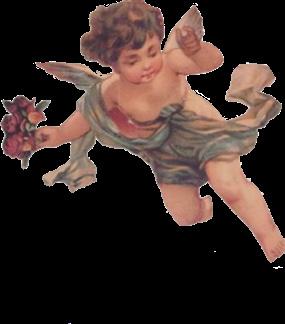
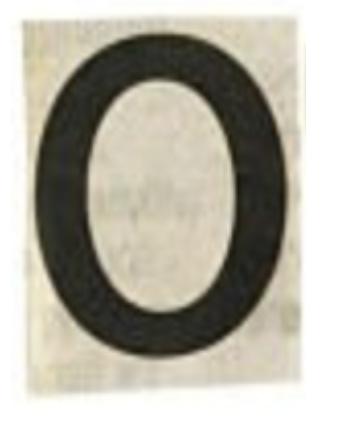


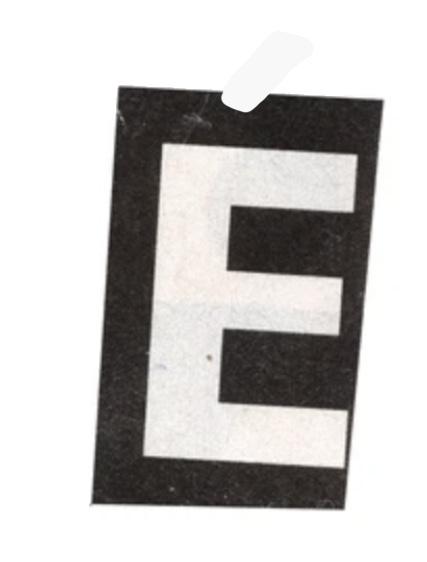









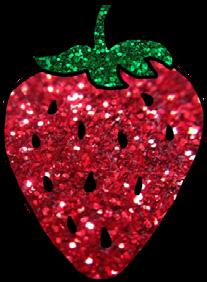




DIRECTOR
SKYE THOMSPON STYLISTS

AVA WADLE
ANKITHA DONEPUDI PHOTOGRAPHERS
SAM RAO
YUESHAN JIANG
VIDEOGRAPHER
JUANA MANCERA
GRAPHIC DESIGNER
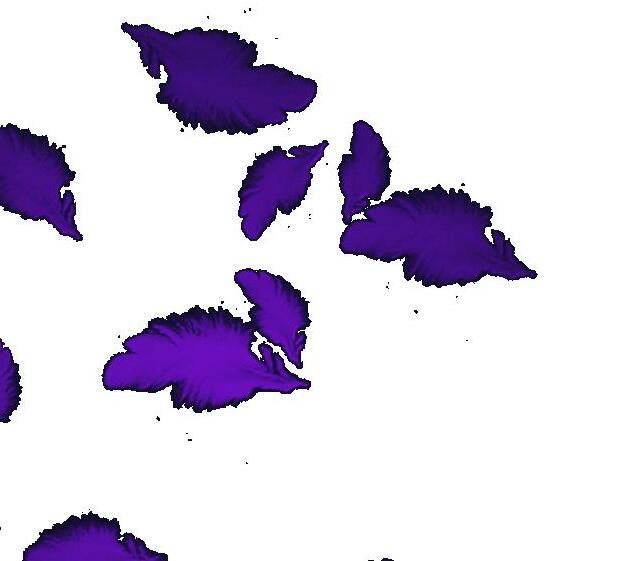

KAMRYN ALMASY MODELS
SOPHIA FEKETE
KENDALL GRAYSON
ADRIANA MYERS
YUXIAN ZHANG
63
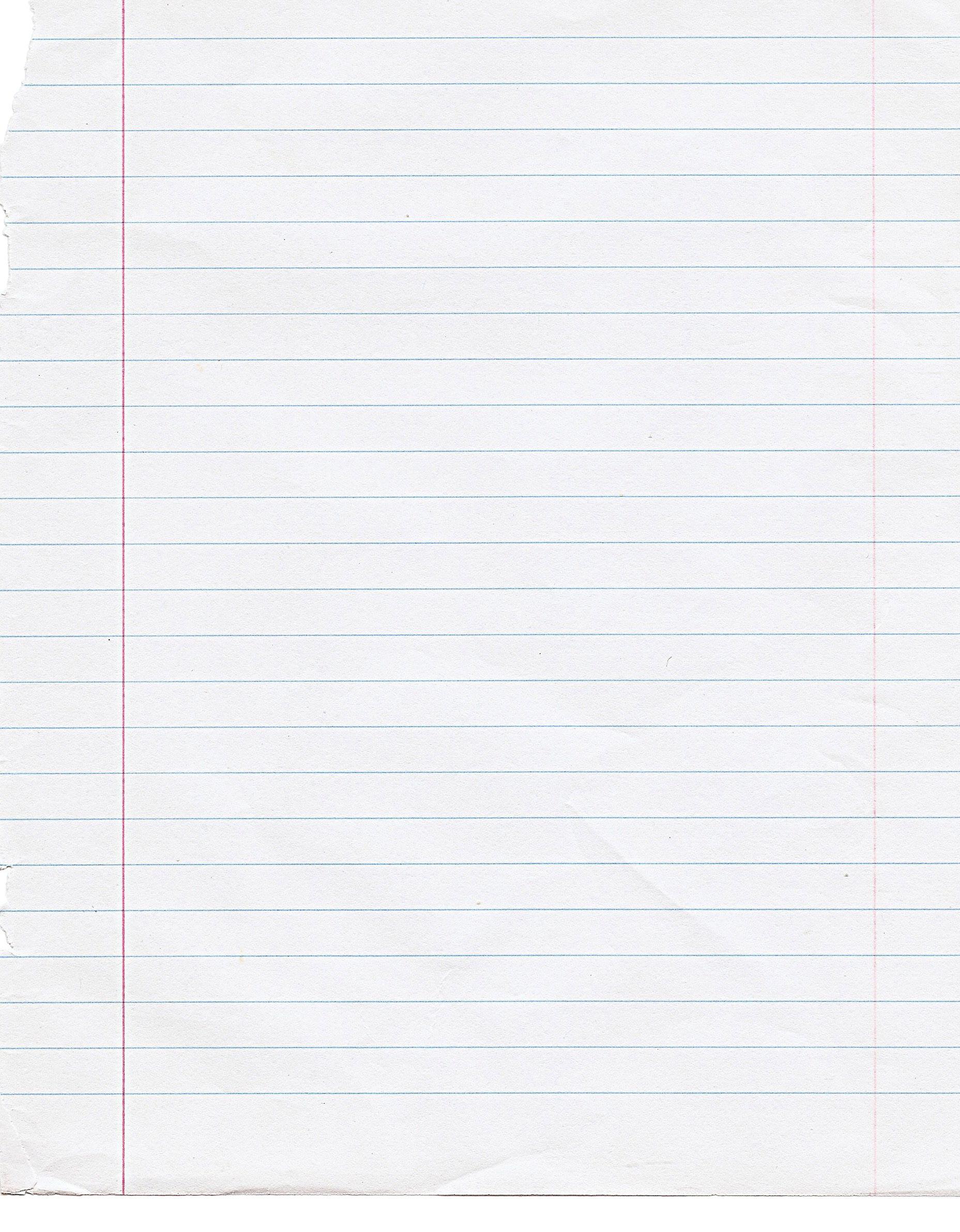





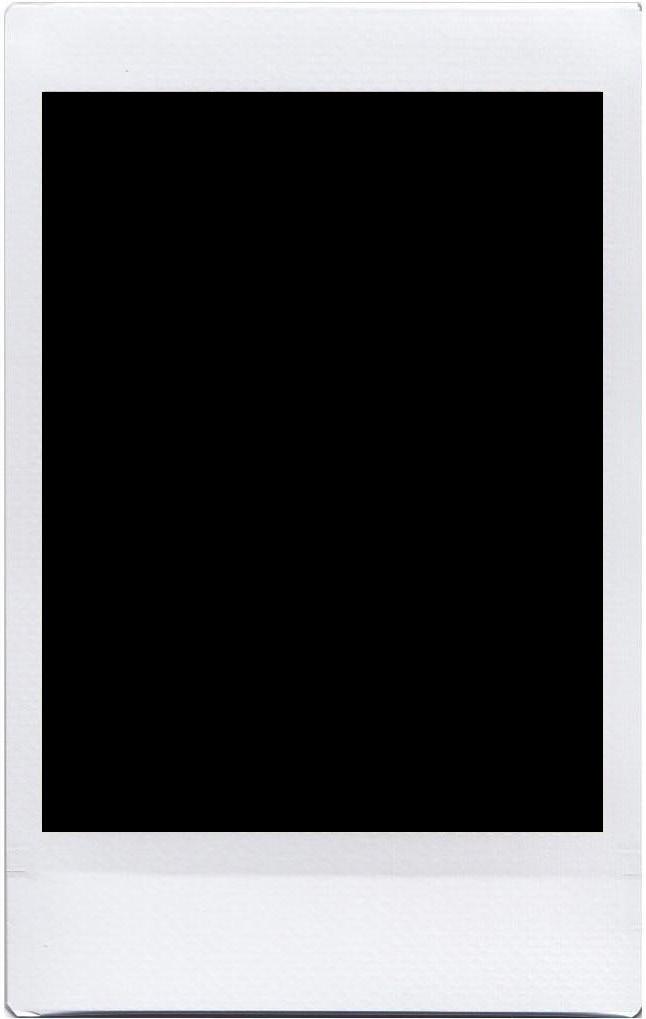




65














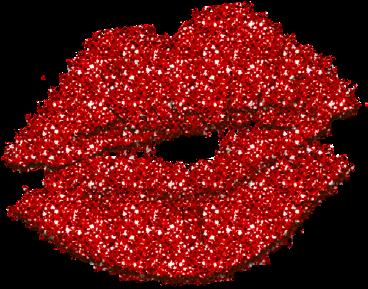







67
















 Janice Kang Digital Features Editor
Janice Kang Digital Features Editor






























 WRITER
STEPHEN LIU
WRITER
STEPHEN LIU


























































































































